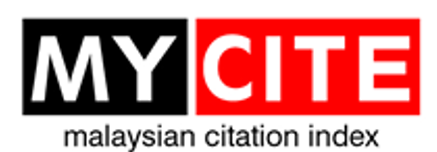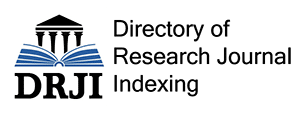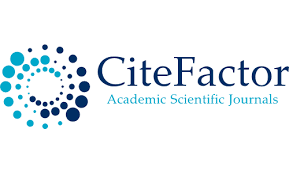ILLUMINATING MARKET CAPITALIZATION DRIVERS IN MALAYSIAN BANKING SECTOR
Abstract
This study elucidates the drivers of market capitalization in the Malaysian banking sector by examining factors such as dividend yield, fintech disclosure, bank size, and return on assets (ROA) between 2018 and 2022. The study explores the complex dynamics influencing market capitalization by drawing on pertinent theoretical frameworks such as the Efficient Market Hypothesis Theory, Resource-Based View Theory, Signaling Theory, and Stakeholder Theory. The analysis explains how banks strategically respond to stakeholder interests by examining how dividend yield affects market capitalization via the lens of stakeholder theory. When fintech disclosure is assessed using Signaling Theory, it is discovered that investors' opinions of risk management techniques and technological innovation have a beneficial impact on market capitalization. Examined through the lens of Resource-Based View Theory, bank size shows a strong positive correlation with market capitalization, highlighting the benefits that larger banks have over smaller ones. Additionally, using the Efficient Market Hypothesis Theory as a guide, the study looks at the relationship between ROA and market capitalization, emphasizing how profitability influences investor confidence and financial resilience. The results highlight the strategic adaptability of Malaysian banks in matching the demands of stakeholders, legal specifications, and market conditions with their disclosure policies. Through the integration of insights from several theoretical viewpoints, this study provides a thorough comprehension of the multifaceted elements affecting market capitalization.
Downloads
Published
How to Cite
Issue
Section
License
Copyright (c) 2024 Labuan Bulletin of International Business and Finance (LBIBF)

This work is licensed under a Creative Commons Attribution 4.0 International License.













